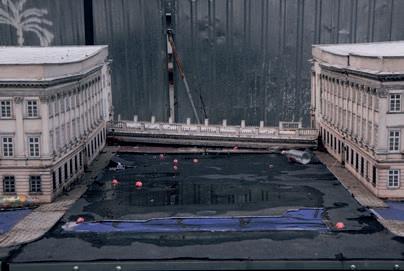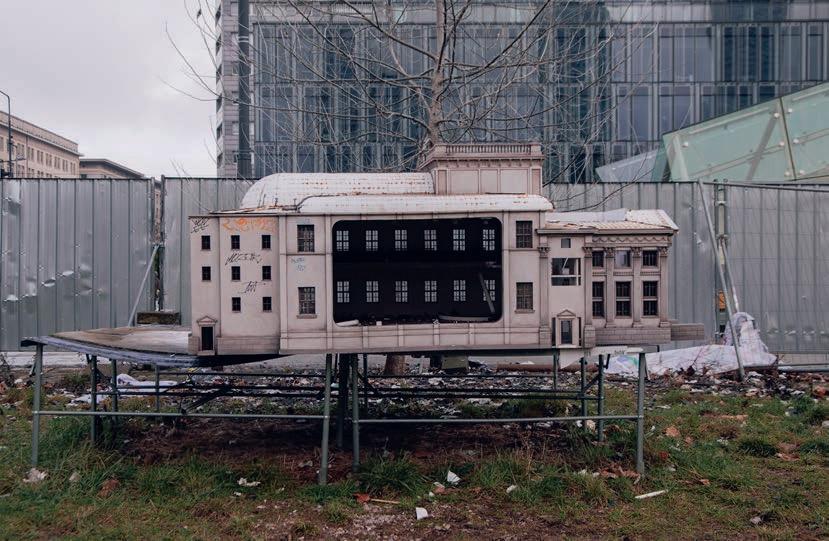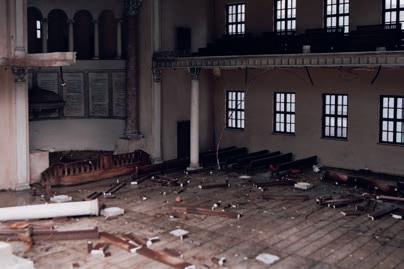
1 minute read
Small Talk
Once regarded as one of Warsaw’s true cult attractions, the city’s Park Miniatur is today a pale and shattered shadow of what it once was.
casing the lost architectural gems that earned Warsaw its reputation as ‘the Paris of the East’, visitors were able to get up close to such treasures as the Saski Palace, the wooden Summer Theater that once stood in Saski Gardens, the Great Synagogue demolished after the Jewish Ghetto Uprising and, even, the city’s first shopping center.
With each building taking a team of historians, architects and 3D printings boffins months to create, models typically weighed 100 to 120 kilos and were built using the same material as Lego bricks. However, despite previously thrilling tens of thousands of visitors, the Park Miniatur – and its protection – repeatedly failed to earn the interest of City Hall and today it stands broken and smashed. Having appealed to the city for a secure and sheltered space, founders of the Park revealed that they have stopped pressing City Hall for help given their inertia.
Having switched locations six times in its short lifespan, its latest tenancy –on the corner of Świętokrzyska and Marszałkowska – has proved its undoing, with the stunning open air exhibit repeatedly falling foul of vandals. In fact, such is its current state, some press reports have dubbed it ‘the Park of shame’.
A remarkable labor of love, it presented a range of meticulously detailed 1:25 scale models of some of the city’s non-existent landmarks. Show-

“We no longer turn to the city because going to meetings with them for the sake of it just doesn’t make sense,” said Rafał Kunach, one of the park’s founders. A troubling indictment on the way some people in the city view culture, rumours persist that the buildings that have survived may be moved elsewhere in coming months and restored, but as things stand that could prove wishful thinking taking into account the money and hours needed to renovate this treasure.
Yet whilst the apparent demise of the Park Miniatur has been heart-breaking to witness, walking amid the shattered shells of its former star attractions has become, in itself, an interesting pursuit – built to celebrate Warsaw’s greatest fallen buildings, it is perhaps richly ironic that the park has suffered the same destructive fate as the structures it recalled. Offering an almost haunting sense of déjà vu, its battered models themselves reflect the stolen dreams of Poland’s capital.



1620
Built on the behest of King Zygmunt III, the Moscow Chapel is erected on the Royal Route. Later, for over a century the plot features a Dominican cemetery and monastery.










